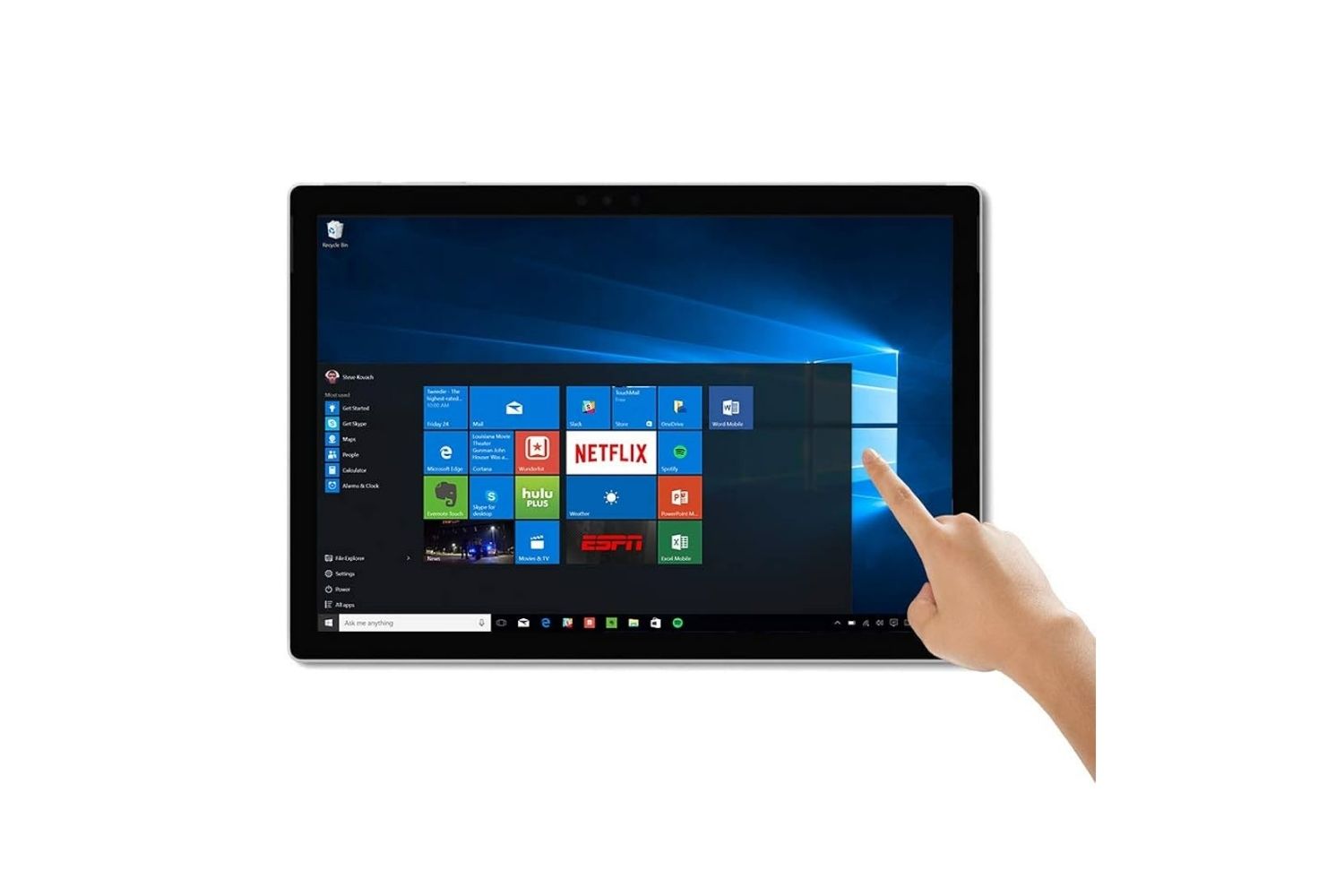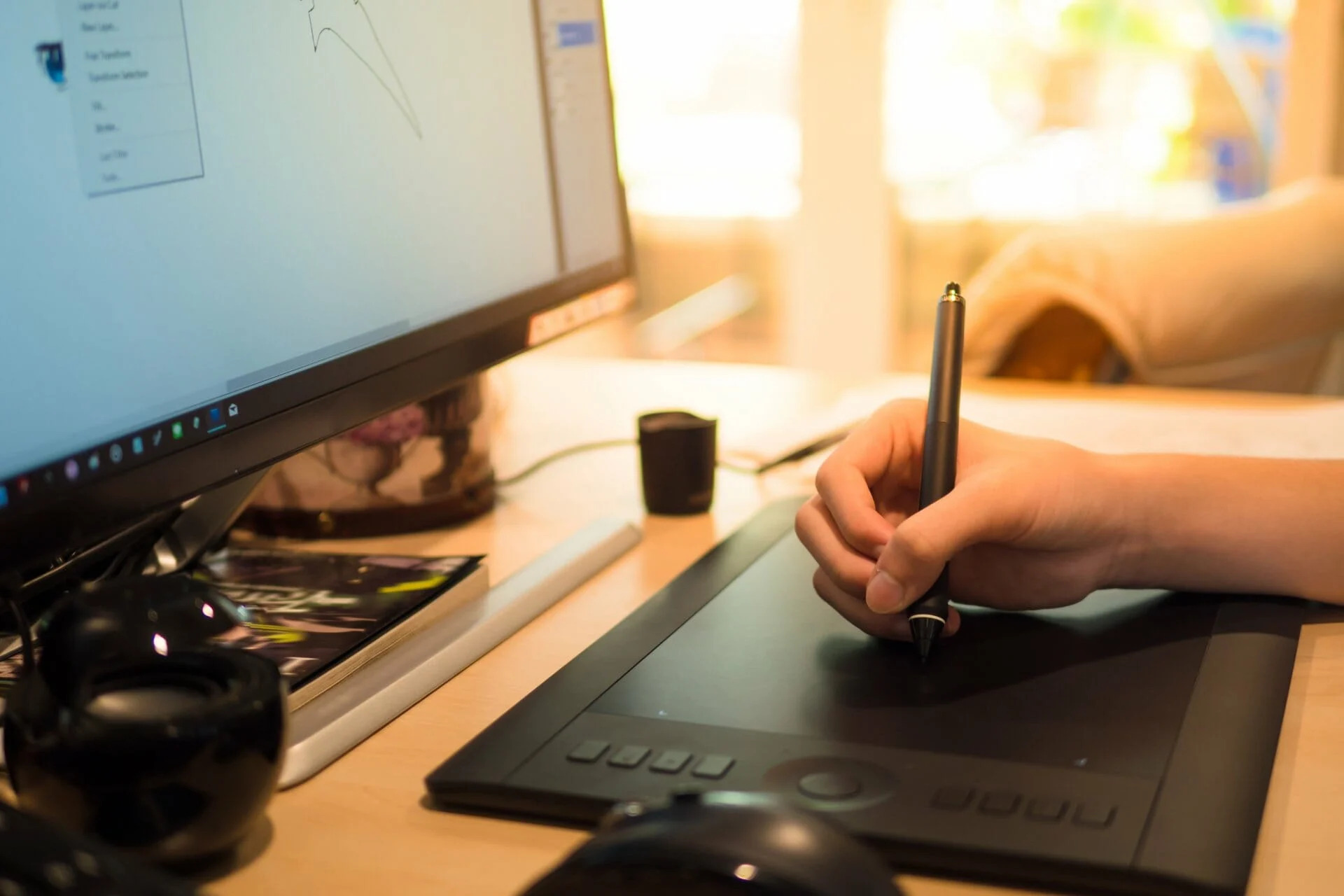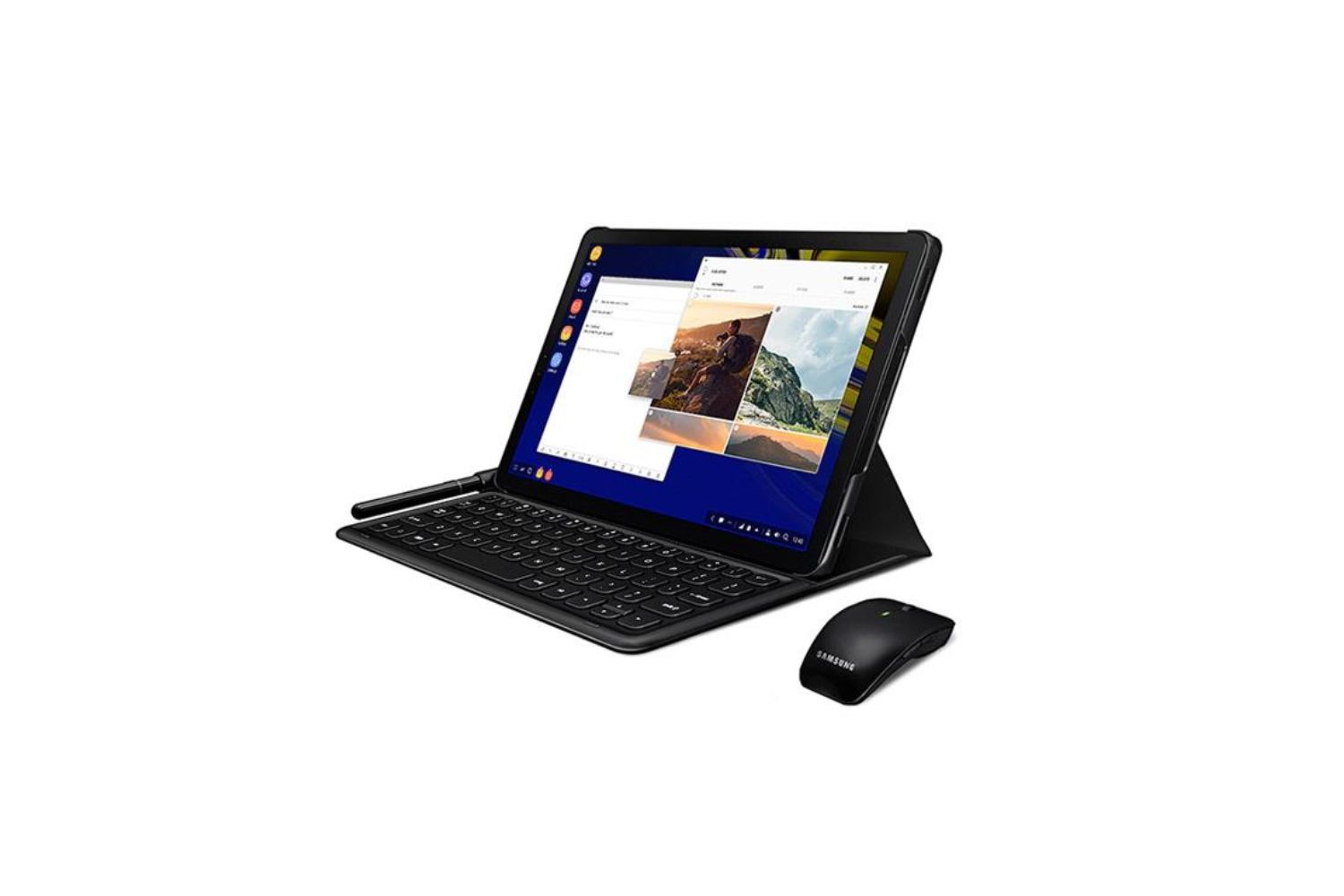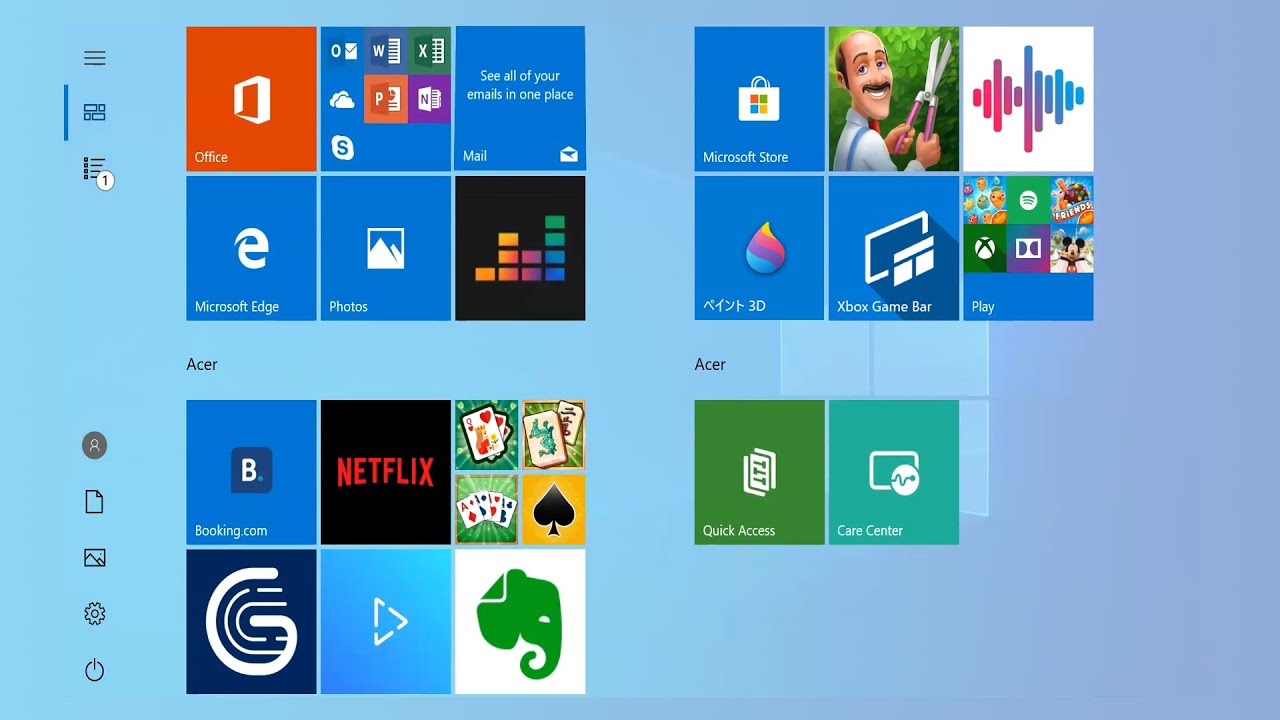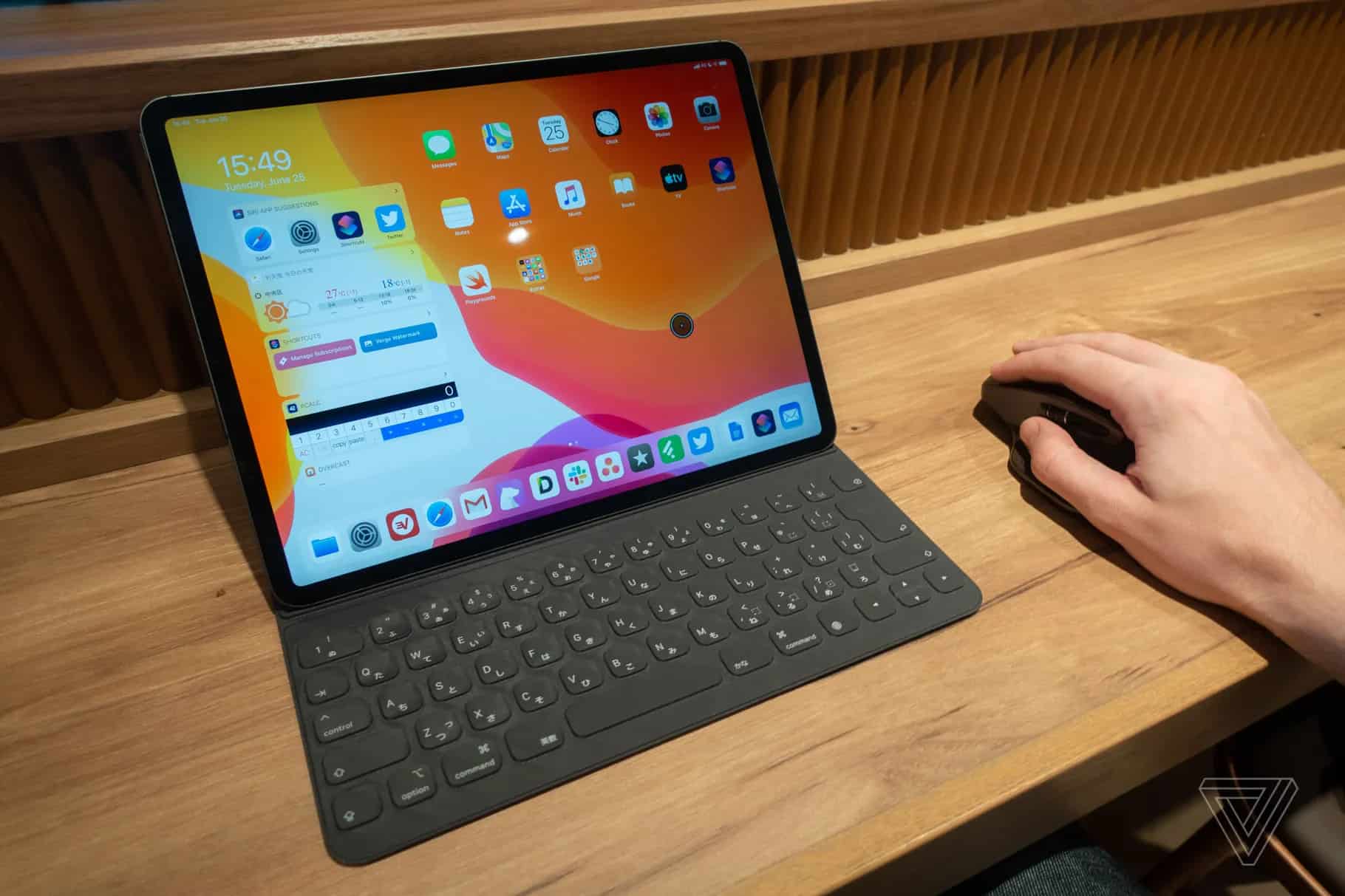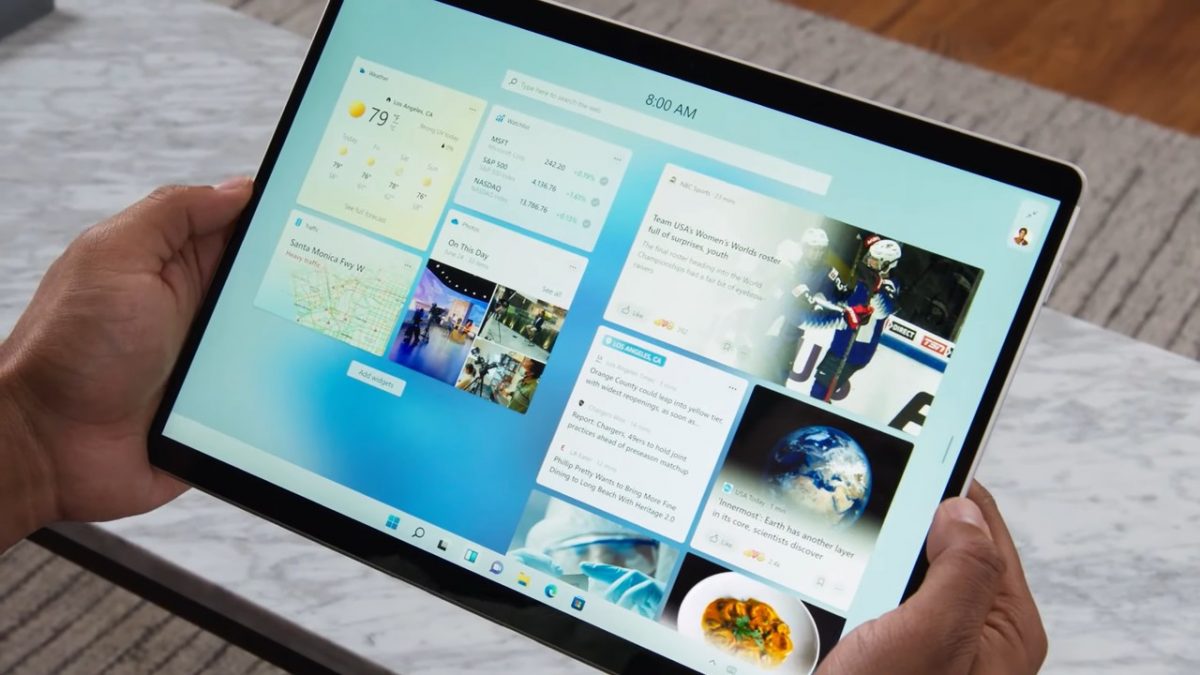Introduction
Tablets have revolutionized the way we interact with technology, offering a portable and versatile option for browsing the internet, watching videos, and even getting work done. However, one feature that many tablet users often struggle with is the ability to right click. Unlike traditional laptops or desktop computers, tablets have touch screens that may not provide the same level of functionality when it comes to right clicking.
In this article, we will explore various options on how to right click on a tablet, whether you are using a stylus or pen, accessing on-screen buttons, using gestures, or even connecting external devices such as a mouse or keyboard. By understanding the different methods available, you can make the most out of your tablet and enhance your productivity.
So, if you have been wondering how to right click on your tablet or if you are simply curious about the different possibilities, read on to discover the various techniques and options available to you.
Understanding Right Click on a Tablet
Before diving into the different methods of right clicking on a tablet, it’s important to understand the concept of right click itself. In traditional computers, right clicking typically opens up a contextual menu that provides additional options or actions related to the selected item. It allows users to quickly access a range of functions, such as copying and pasting, renaming files, or opening a link in a new tab.
On a tablet, however, the absence of a physical mouse or trackpad can make right clicking less intuitive. This is because tablets primarily rely on touch input, which requires a different approach to accessing additional options or functions. While tablets may not always offer a traditional right click functionality, there are several alternative methods that can accomplish similar outcomes.
It’s important to note that the availability and functionality of right click on a tablet can vary depending on the operating system and the specific tablet model. Different manufacturers and operating systems may have their own unique implementations, so it’s essential to familiarize yourself with the specific features and options of your tablet.
Now, let’s explore some of the most common methods for right clicking on a tablet, starting with using a stylus or pen.
Option 1: Using a Stylus or Pen
One of the most straightforward ways to right click on a tablet is by using a stylus or pen. Many tablets, especially those designed with artists and designers in mind, come with a stylus or offer stylus support as an optional accessory.
To right-click using a stylus or pen, simply press and hold the stylus tip on the desired area of the tablet screen. The device will recognize this action as a right-click command and display the contextual menu or additional options related to the selected item.
It’s worth noting that the sensitivity and responsiveness of the stylus or pen can vary among different tablet models. Some tablets may require a longer press or a specific amount of pressure to trigger the right-click functionality. Experiment with the pressure and duration of the press to find the right balance for your tablet.
If you are using a tablet that does not come with a stylus or pen, you may still be able to use a capacitive stylus or a passive stylus. These are widely available as separate accessories and can be used to emulate the function of a stylus on your tablet. Just ensure that the stylus you choose is compatible with your tablet’s touch screen technology.
Now that you know how to right click on a tablet using a stylus or pen, let’s explore another option: using on-screen buttons.
Option 2: Using On-Screen Buttons
If your tablet does not come with a stylus or if you prefer not to use one, another method to right click on a tablet is by utilizing on-screen buttons. This option is commonly available on tablets running operating systems such as Android or Windows.
On Android tablets, the on-screen buttons are typically located at the bottom of the screen and may include a back button, a home button, and a recent apps button. To access the right-click functionality, follow these steps:
- Long press on the desired item or area on the screen.
- A context menu will appear, providing various options related to the selected item.
- Select the desired option from the context menu by tapping on it.
In Windows tablets, the on-screen buttons are similar to those found on desktop PCs, consisting of a Start button and a taskbar at the bottom of the screen. To right-click using on-screen buttons on a Windows tablet:
- Tap and hold on the desired item or area on the screen.
- The right-click menu will appear, displaying additional options.
- Release your finger from the screen and select the desired option from the right-click menu.
Using on-screen buttons provides a convenient and familiar way to access right-click functionality on a tablet. However, it’s important to note that the availability and behavior of on-screen buttons can vary depending on the specific tablet model and the operating system version.
Next, let’s explore another option: using gestures to right click on a tablet.
Option 3: Using Gestures
Gestures can be a convenient and intuitive way to perform various actions on a tablet, including right-clicking. Many tablets offer gesture support, allowing you to perform specific motions or movements on the screen to trigger certain functions.
To right click using gestures, the specific method can vary depending on the tablet’s operating system and the gestures supported. Here are a few examples:
1. Two-Finger Tap: On some tablets, a two-finger tap anywhere on the screen can simulate a right-click action. Simply tap with two fingers simultaneously, and a contextual menu or additional options will appear.
2. Tap and Hold: Another gesture commonly used for right clicking is tap and hold. Tap and hold on the desired item or area on the screen for a few seconds, and the right-click menu will appear, presenting additional options related to the selected item.
3. Three-Finger Tap: Certain tablets may support three-finger tapping as a way to trigger a right-click. This gesture involves tapping on the screen with three fingers simultaneously, resulting in the display of a contextual menu.
It’s important to note that gesture support and behavior can vary among different tablets and operating systems. Some tablets may have specific settings to enable or modify gesture functionality, so be sure to explore your tablet’s settings or consult the user manual for more information.
Now that you are familiar with using gestures to right click on a tablet, let’s move on to another option: connecting a mouse or keyboard.
Option 4: Connecting a Mouse or Keyboard
If you prefer a more traditional and familiar method of right-clicking, you can connect a mouse or keyboard to your tablet. This option is especially useful if you often use your tablet for work or productivity purposes.
To connect a mouse or keyboard to your tablet, follow these steps:
- Check if your tablet supports USB or Bluetooth connectivity. Most modern tablets offer one or both of these options.
- If using a USB connection, connect the mouse or keyboard to your tablet using a compatible USB OTG (On-The-Go) adapter or cable. If using Bluetooth, ensure that the mouse or keyboard is in pairing mode and follow the pairing instructions specific to your tablet.
- Once the mouse or keyboard is connected, you can now use the right-click functionality in the same way as you would on a desktop computer or laptop. Right-clicking with a mouse is as simple as clicking the right button, while with a keyboard, you can typically use the context menu key.
Connecting a mouse or keyboard to your tablet provides a seamless and familiar experience, allowing you to perform tasks and access right-click options with ease. This option is particularly beneficial for tasks that require precision or involve complex interactions.
However, it’s essential to keep in mind that not all tablets may support mouse or keyboard connectivity. Additionally, the specific steps and requirements may vary depending on your tablet’s operating system and hardware capabilities. It’s recommended to check your tablet’s user manual or manufacturer’s website for more information on compatibility and setup.
Now that we have explored different methods for right-clicking on a tablet, let’s move on to troubleshooting common issues related to right click on tablets.
Troubleshooting Right Click on a Tablet
While right-clicking on a tablet is usually a straightforward process, there are instances when you may encounter issues or difficulties. Here are some common troubleshooting steps you can try to resolve any problems related to right click on a tablet:
1. Check for Software Updates: Ensure that your tablet’s operating system and relevant apps are up to date. Sometimes, software updates can fix bugs or improve functionality, including right-click support.
2. Adjust Touch Sensitivity: If you are using a stylus or your finger to right click, check the touch sensitivity settings on your tablet. Sometimes, a slight adjustment in the sensitivity can improve the accuracy and responsiveness of right-click gestures.
3. Verify Compatibility: If you are using an external mouse or keyboard, confirm that they are compatible with your tablet. Some devices may require specific drivers or software to enable right-click functionality.
4. Restart Your Tablet: A simple restart can often resolve minor glitches or conflicts that may be affecting the right-click functionality. Turn off the tablet, wait a few seconds, and then power it back on to see if the issue resolves.
5. Disconnect and Reconnect External Devices: If you are using an external mouse or keyboard, try disconnecting and reconnecting them. Ensure the connections are secure and follow the recommended pairing or setup process.
6. Reset Tablet Settings: As a last resort, you can try resetting your tablet’s settings to their default values. Note that this process will remove any personalized configurations, so it’s essential to back up your data before proceeding.
If you have tried these troubleshooting steps and are still experiencing issues with right click on your tablet, it may be helpful to consult the tablet’s user manual or reach out to the manufacturer’s support for further assistance.
Now that we have covered some troubleshooting tips, let’s summarize what we have learned about right clicking on tablets.
Conclusion
Right-clicking on a tablet may require a different approach compared to traditional computers, but with the right methods, you can access additional options and enhance your productivity. In this article, we explored various options for right-clicking on a tablet.
We learned that using a stylus or pen is a straightforward option, allowing you to press and hold the stylus tip on the screen to trigger the right-click functionality. Alternatively, on-screen buttons provide a convenient method by tapping and holding on the desired item or area to access the context menu.
Gestures offer an intuitive way to perform actions, such as tapping with two fingers or tapping and holding on the screen. These gestures can simulate the right-click functionality on a tablet.
If you prefer a more traditional approach, connecting a mouse or keyboard to your tablet allows you to right click in the same way as you would on a desktop computer or laptop.
When facing issues with right click on your tablet, troubleshooting tips such as checking for software updates, adjusting touch sensitivity, and verifying compatibility can help resolve the problems.
Remember, the availability and functionality of right-clicking on a tablet may vary depending on the specific tablet model and operating system. It’s always a good idea to refer to your tablet’s user manual or reach out to the manufacturer’s support for further guidance.
With the knowledge and understanding of the different methods available, you can make the most out of your tablet and enjoy the benefits of right-clicking in various scenarios, whether for work, entertainment, or browsing the web.









